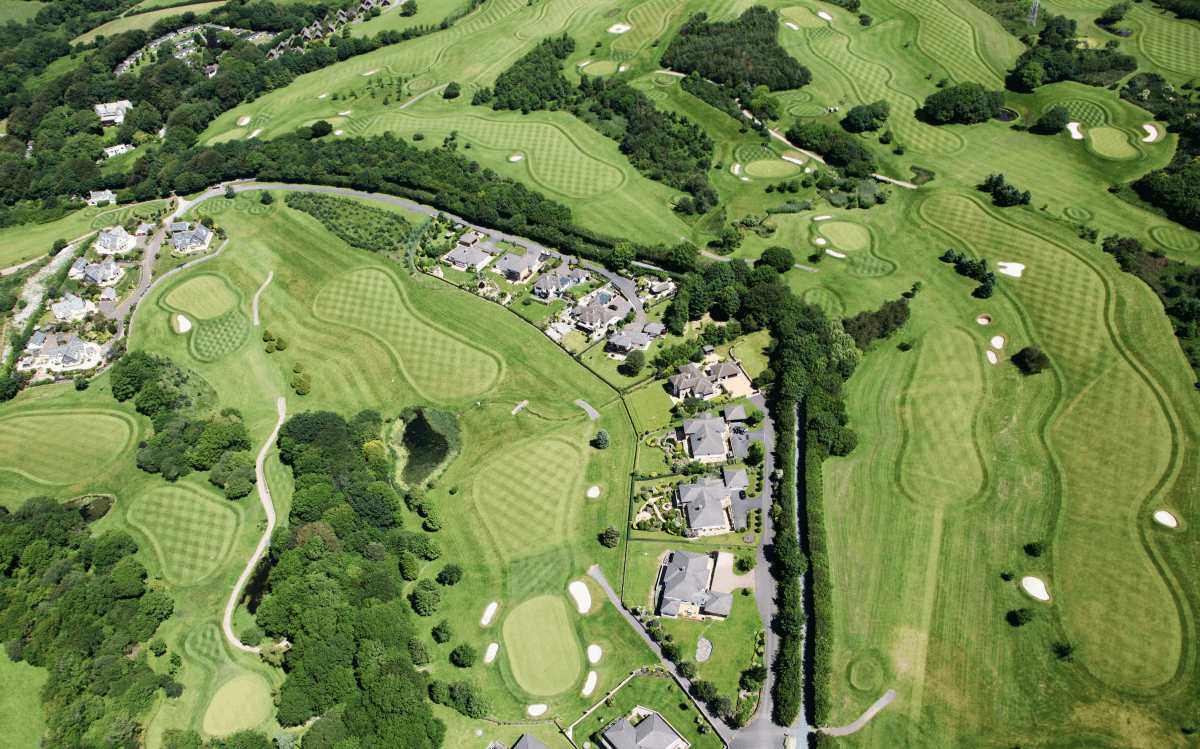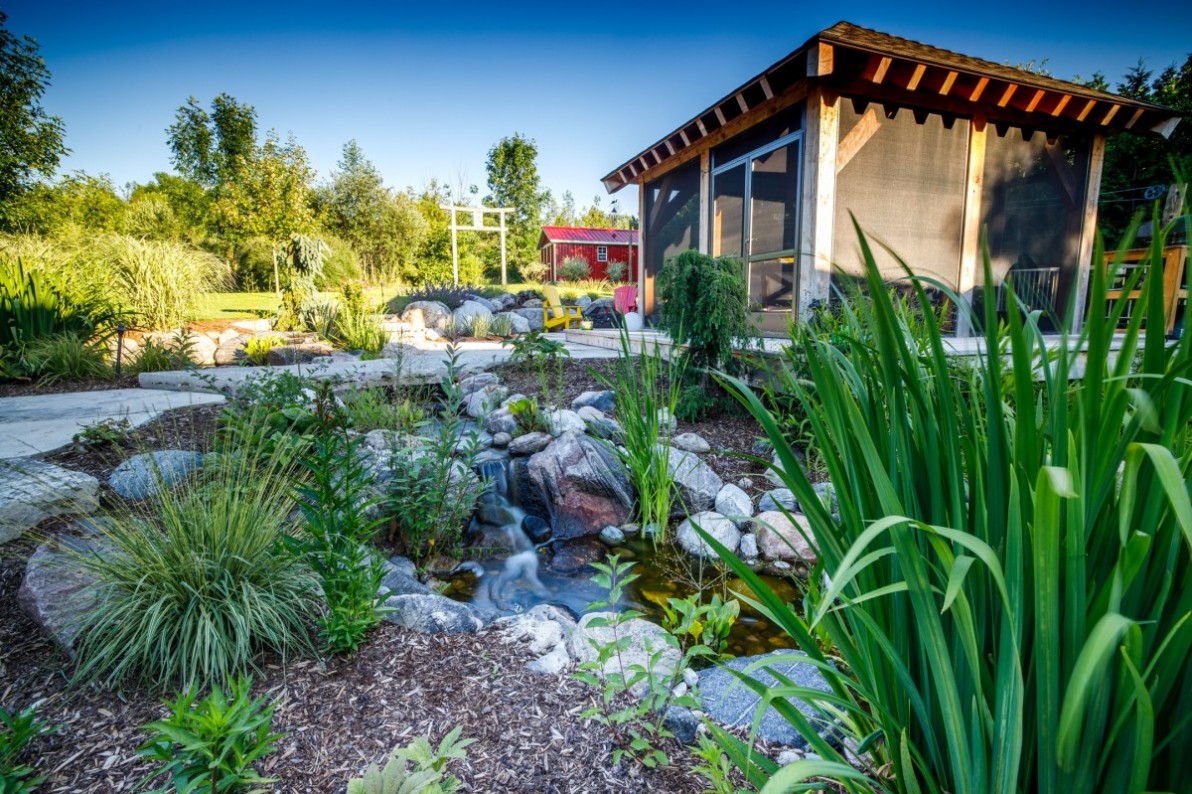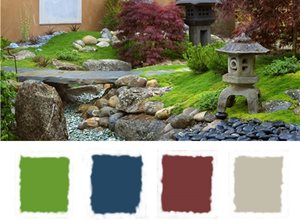The Main Principles Of Landscapers
The Main Principles Of Landscapers
Blog Article
What Does Landscapers Do?
Table of ContentsUnknown Facts About LandscapersLandscapers - TruthsThe Single Strategy To Use For LandscapersThe Basic Principles Of Landscapers The Facts About Landscapers UncoveredThings about Landscapers
- A yard feature where water is stood for by an aggregate stone product, normally a crushed rock or granite. These are most commonly discovered in contemporary and Japanese garden design.- A rock or flagstone patio, course, or sidewalk developed without a concrete base. The base would be compacted crushed rock and the joints would be an aggregate or walkable ground cover. - A rock maintaining or cost-free standing wall built without the usage of mortar. A highly competent mason is required for a dry stack rock wall. Most wall surfaces in Portland are moist stacked, even if they show up to be. - A below ground structure that gather water and allows it to slow down percolate right into the soil around it.
Landscape layout that is suitable with a websites' atmosphere in both appearance and sustainability without negative impacts to the atmosphere. Bordering in the landscape is a line of separation that produces aesthetic passion in the yard by dividing one section from another section.
Locations can likewise have a feeling of "room" given by trees, various other growings, fencings, or displays. The landscape near the entrance to a structure. A tree, hedge or creeping plant, educated to grow on a wall surface or fence right into a certain pattern. Particularly useful for fruit trees, making it very easy to harvest the fruit and including mess.
Facts About Landscapers Uncovered

The element in a landscape layout or location in a landscape that is meant to be most famous. The focal point can be a plant, boulder, statuary, gathering area, or various other landscape attribute.

The smart Trick of Landscapers That Nobody is Discussing
Reduced plants that are enabled or urged to spread out over a location. Can refer to any type of "difficult" garden components including statuary or stones yet the majority of commonly is used to refer to paths, patio areas, and walls - Landscapers.: Elevation distinction between the level of water in a pond (or the level of the pump if it rests outside the pond) and the upper outlet of water which impacts efficiency of the water pump in gph (gallons per hour).
Fence boards that run flat, commonly utilized in modern-day or Japanese-inspired landscape designs. Appropriate usage of fictional lines can aid the landscape feel attached to the home and other aspects.
Conventional PNW landscapes are informal. A plant that spreads out even more than wanted, or into environments where it does damage.
Some Ideas on Landscapers You Need To Know
Smart irrigation controller reviews and recommendations right here. 2-D making of the suggested irrigation system. Can consist of head placements and protection, pipe sizing, GPM specs, and materials needed to install this system. A watering plan is generally unnecessary for houses however prevails for commercial jobs. Certified professional who develops landscapes, coached in design and design as well as in cultivation.
The expert who intends and creates landscape tasks, usually at a property or tiny industrial level with the significant layout impetus on plantings. Landscape developers typically have much less education than Landscape Architects and are not certified. A completed landscape layout, outlining all elements for the brand-new landscape. This usually takes the type of an illustration on paper.
Using lots of plantings of the exact same range to fill in a location in visit this web-site the landscape. This can lower upkeep and water use in the garden.
A layer of compost or bark dust used at the base of a plant. A plant that was present in a geographic area prior to people started changing the landscape.
The Definitive Guide for Landscapers
Exactly how the garden or a yard element is organized see page in partnership to an existing or new feature or to an instructions. Turfs that are not cut but expanded in landscapes as perennials.

Little round crushed rock. Plants that provide seasonal passion and afterwards pass away back in the winter months. Annuals do not come back the complying with period, but perennials do. Cold period grass that is one of the most typical turf grass in Portland, OR and the remainder of the PNW.An open roofed framework over an outdoor patio or other landscape function.
Lava accumulated ranging in dimension from 1/4" to dust. The most common landscape gravel in the PNW. Location of the landscape developed to manage water until it can soak right into the ground. A chain that manages water as it travels from a roofing gutter to the ground. Garden framework that develops a growing location that is consisted of and higher than the surrounding grade.
Structure made from timber, concrete, paving rocks, bricks or various other materials for stabilizing inclines and avoiding too much erosion. Narrow watercourse. Producing a yard attribute consisting mostly of stones with plantings that enhance and can prosper in the rocky setting. Sprinkler head style that turns a stream of water across an area.
See This Report about Landscapers

Report this page